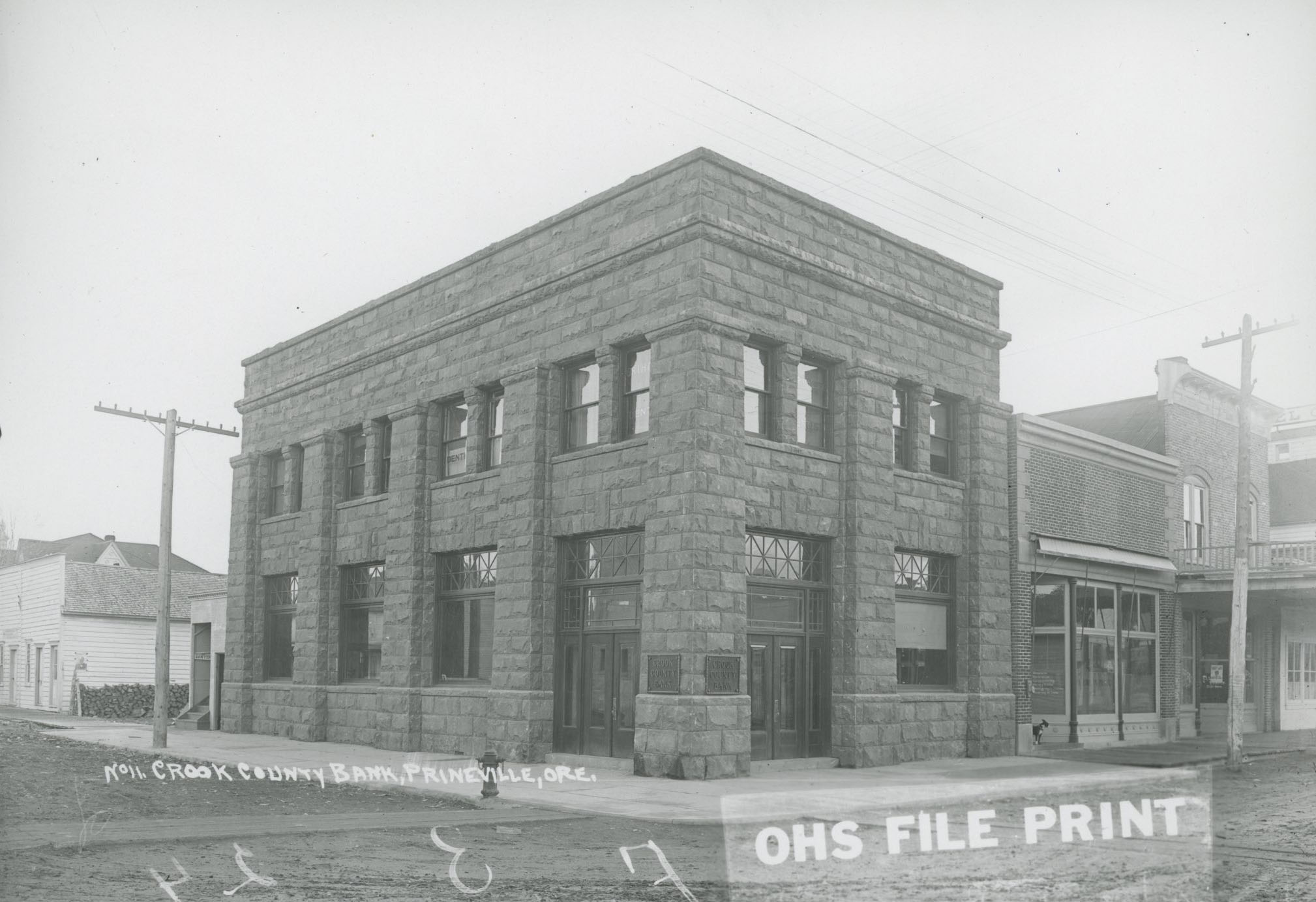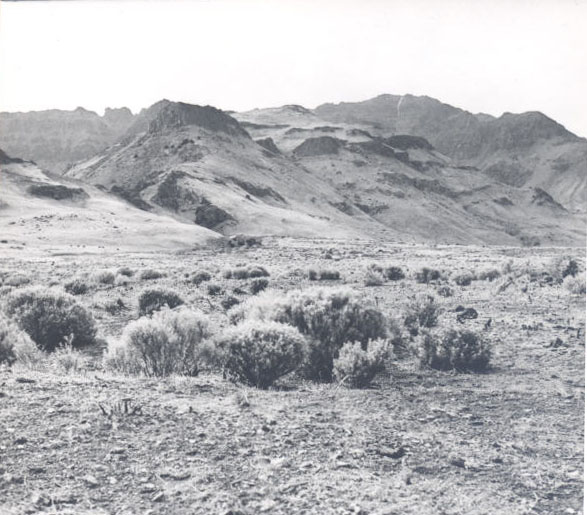The High Desert Museum was an outgrowth of the Western Natural History Institute, established by Donald M. Kerr in 1974. A native of Portland, Kerr was an instructor at the Oregon Zoo and chief biologist for the Oregon chapter of the Nature Conservancy. He had a life-long interest in birds-of-prey and wanted to make natural history more accessible to people of all ages. The museum's mission is to inspire and foster wise stewardship of the region's cultural and natural resources.
The primary goal of the museum is to convey an understanding of the High Desert, an arid landscape that stretches west from the Rocky Mountains and Wasatch Range to the Sierra Nevada and Cascade Mountains. It is bordered on the south by the Colorado Plateau and reaches north into interior British Columbia. Within these geographic boundaries, the region's geologic history, its climate and natural history, and an array of cultures from native people to newcomers have created a western landscape with distinct stories. Kerr described the museum’s premise as “simple: the better people know this region, the better equipped they will be to decide the course of its future."
Since opening in 1982, the High Desert Museum (south of Bend on U.S. Route 97) has steadily expanded its interior exhibit spaces to 50,000 square feet. Permanent exhibits reflect the museum's blend and balance of interpretive themes: the Desertarium and Wildlife atriums, the Hall of Plateau Indians, and the Spirit of the West. Changing exhibits introduce visitors to the rich diversity of the High Desert, including buckaroo culture, Basques, and native plants.
The institution's growth is also reflected in outdoor exhibits and living history interpretive sites on the museum's 135 acres. Regional raptors, from bald eagles to spotted owls, are housed in the Donald M. Kerr Birds of Prey Center, and river otters live in a natural habitat. The museum also has a century-old sawmill and the reconstructed Blair homestead ranch, which dates from 1880, where desert mustangs and willow corrals depict life on the range.
At the beginning of the twenty-first century, the museum's role is important in fostering an understanding of the modern challenges of managing wildlife, water, rangeland, and timber resources; mining operations; fire; and urbanization. These challenges have their origins in the region's past, and they will determine the future of this distinctive part of the West.
-
![High Desert Museum.]()
High Desert Museum.
High Desert Museum.
Related Entries
-
![A. R. Bowman Memorial Museum]()
A. R. Bowman Memorial Museum
The A.R. Bowman Memorial Museum, operated by the Crook County Historica…
-
![High Desert]()
High Desert
Oregon’s High Desert is a place apart, an inescapable reality of physic…
Map This on the Oregon History WayFinder
The Oregon History Wayfinder is an interactive map that identifies significant places, people, and events in Oregon history.
Further Reading
High Desert Museum. www.highdesertmuseum.org/
Kerr, Donald M. Sagebrush Legacy: The First Ten Years in the Growth and Development of the High Desert Museum. Bend: The High Desert Museum, 1992



